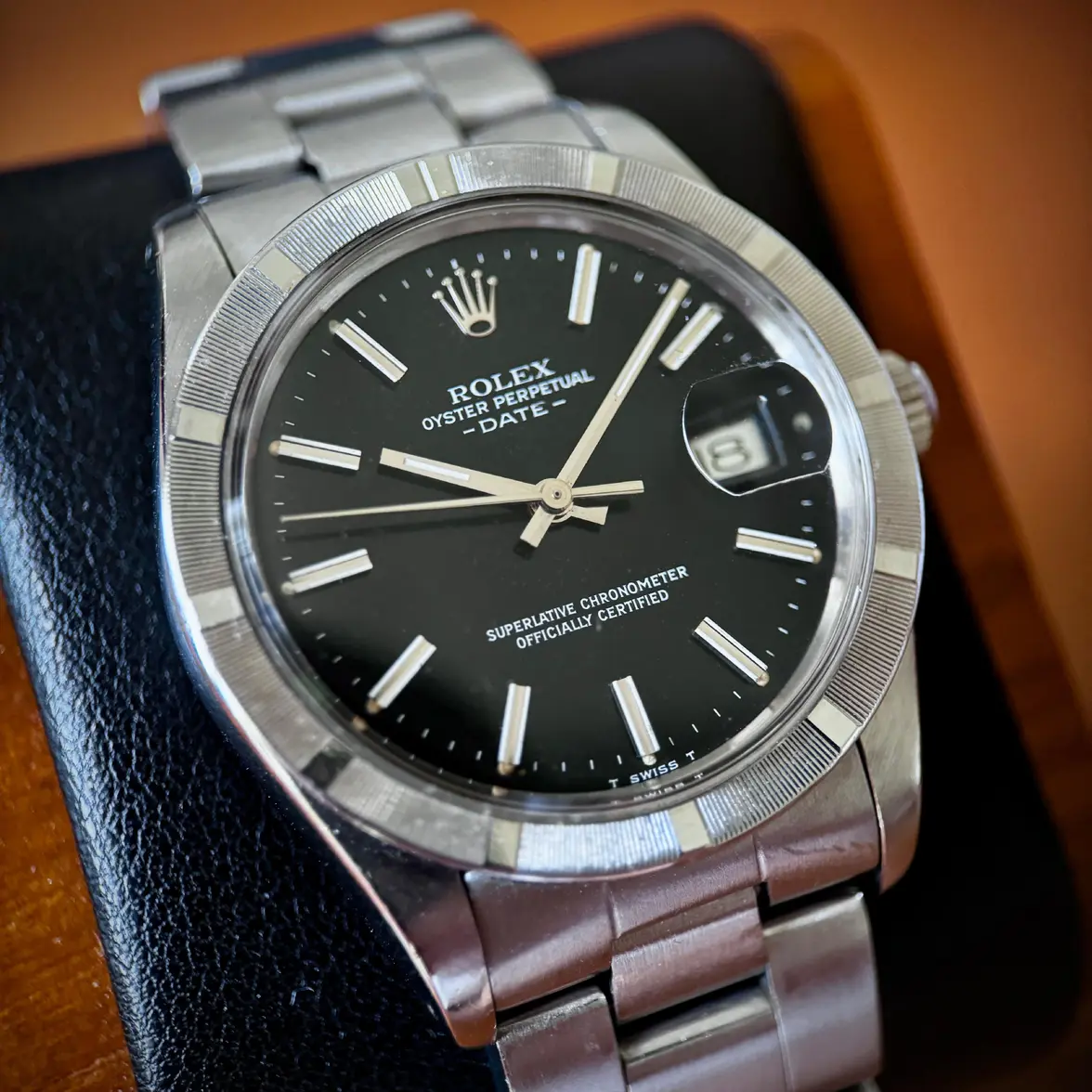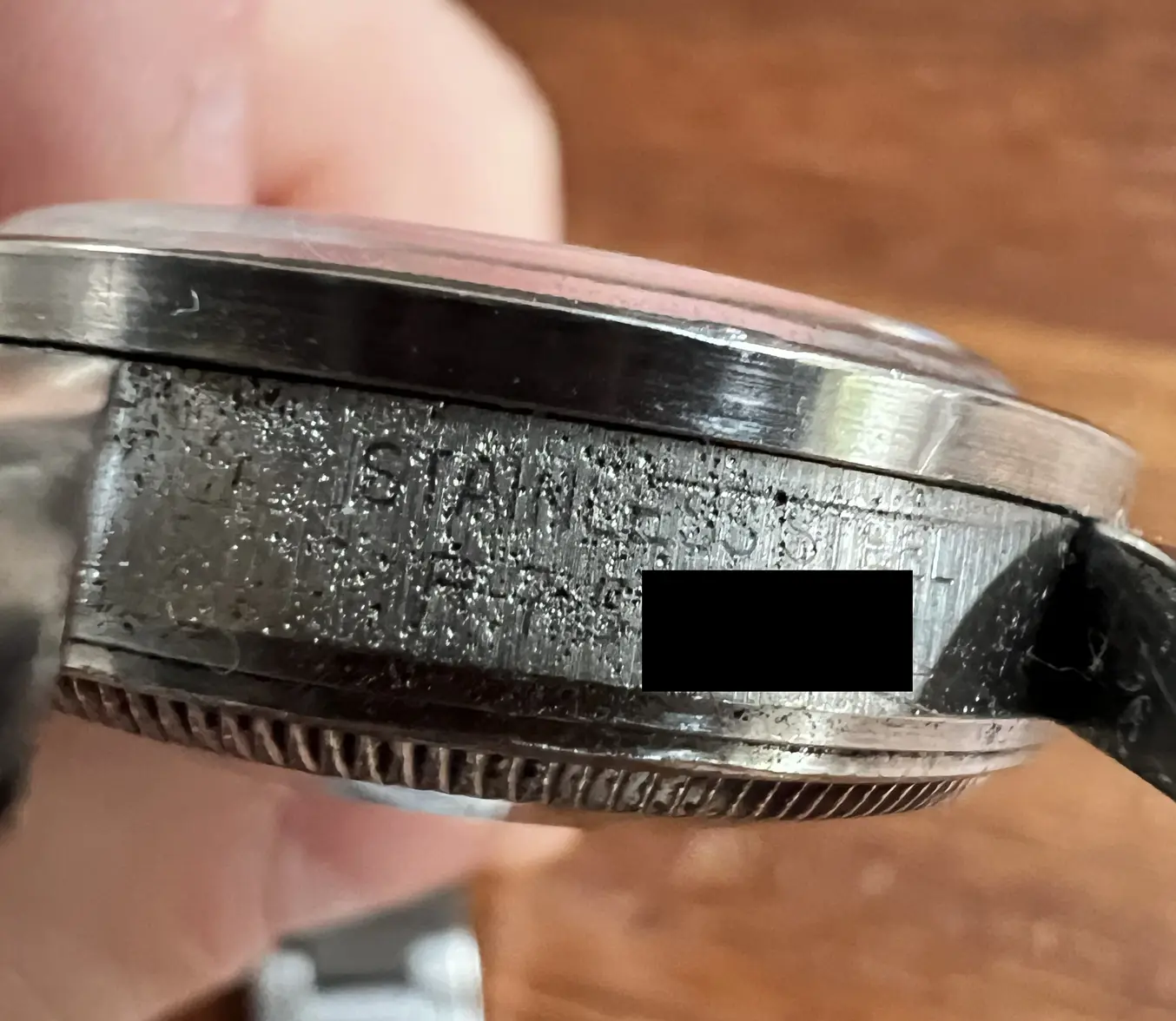workandturn
·Im selling my Rolex 15010 and Ive had some push back from a potential buyer.
Just to ask the community is this pitting between the lugs ? Are there are dangers to it being there ?
To be clear Im selling the watch, I used to live in Singapore and I bought it from a dealer there. I did have it checked independently, no issues, all legit and has been working with no problems for the last year.
But Im not sure what this is, my presumption is its moisture and wear to the watch and having checked the watch and noted no other damage its fine. Am I right to say that ? How do I correctly explain this to the potential buyers as I dont want to mislead anyone ?
Just to ask the community is this pitting between the lugs ? Are there are dangers to it being there ?
To be clear Im selling the watch, I used to live in Singapore and I bought it from a dealer there. I did have it checked independently, no issues, all legit and has been working with no problems for the last year.
But Im not sure what this is, my presumption is its moisture and wear to the watch and having checked the watch and noted no other damage its fine. Am I right to say that ? How do I correctly explain this to the potential buyers as I dont want to mislead anyone ?

